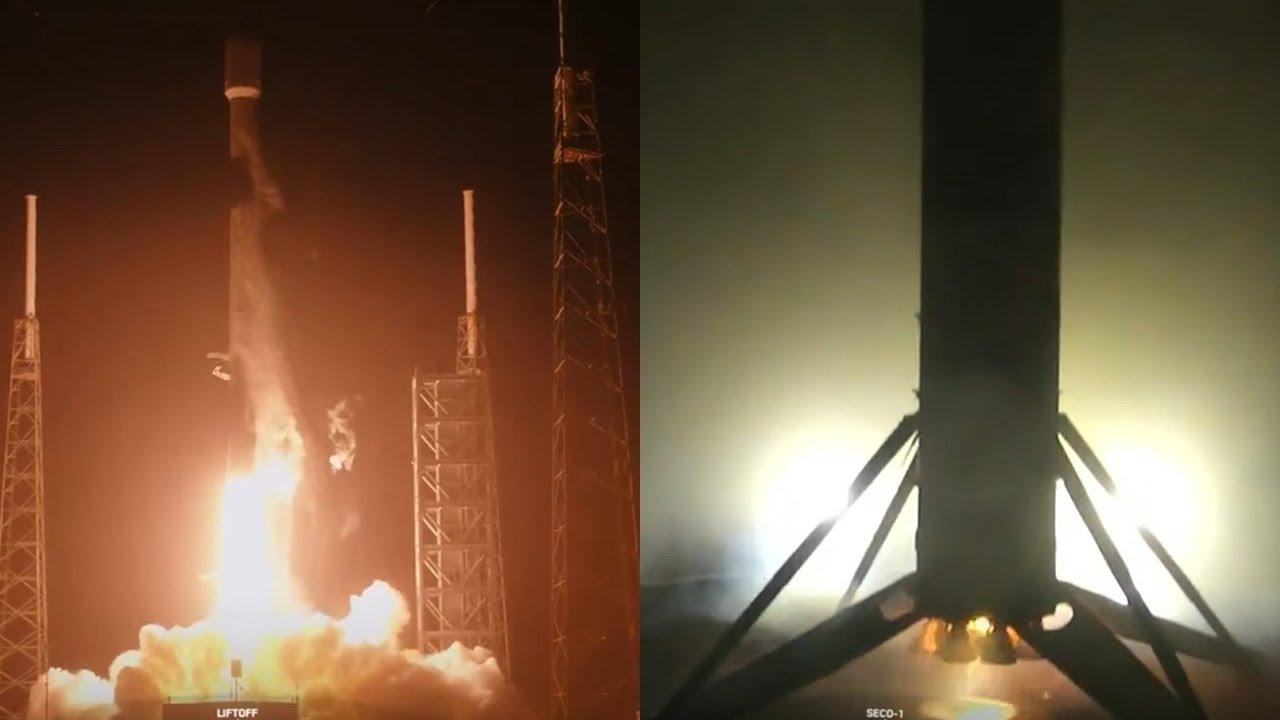Understanding Starlink and Its Impact on Global Internet Access

Introduction to Starlink
Starlink, a satellite internet constellation being constructed by SpaceX, is shaping the future of global internet access. As the world becomes increasingly reliant on digital connectivity, the initiative aims to provide high-speed internet to underserved and remote areas across the globe. With over 4,500 satellites launched as of October 2023, Starlink represents a significant technological advancement in bridging the digital divide.
Recent Developments in Starlink
In recent months, Starlink has made substantial progress. The company has expanded its service offerings globally, launching in several new countries, including India, Brazil, and parts of Africa. This expansion is essential as it allows more regions to benefit from reliable internet access, which is crucial for education, healthcare, and economic development. Additionally, Starlink recently introduced a new version of its satellite technology, enhancing its capacity and reducing latency, making the service more competitive in urban areas as well.
The service has also gained traction in areas impacted by disasters. During the recent flooding in Libya, Starlink provided critical communication support for rescue operations, demonstrating the technology’s potential to deliver vital services in emergencies.
Challenges Faced by Starlink
Despite its successes, Starlink faces several challenges. The growing number of satellites raises concerns regarding space debris and the potential for collisions in orbit. Regulatory hurdles are also substantial, with various governments scrutinising its operations and the implications for national broadband systems. Furthermore, the affordability of the service is a significant concern; while Starlink aims to cut costs, many potential users in developing regions still find it prohibitive.
The Future of Starlink
Looking ahead, experts predict that Starlink will continue to revolutionise connectivity, especially in rural and underserved communities. By 2024, SpaceX aims to deploy even more satellites, enhancing internet speeds and capacity significantly. As global internet penetration approaches saturation, services like Starlink may be essential for future growth and inclusivity in the digital landscape.
Conclusion
Starlink’s ongoing transformation of satellite internet service holds great promise for billions worldwide. By overcoming technological and regulatory challenges, it could eliminate the digital divide and ensure that high-quality internet access is a right, not a privilege. As developments unfold, stakeholders across industries must remain vigilant and prepared to integrate this evolving technology effectively.
